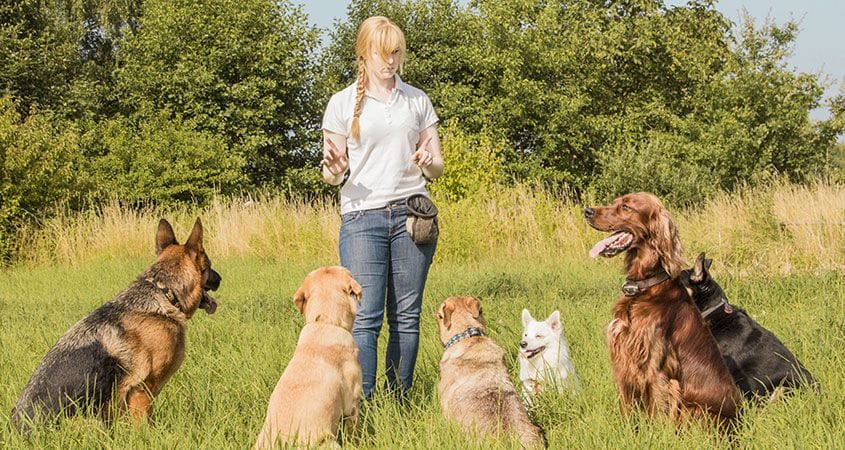
- Home
- >
- News
- >
- Dog Basic Training
- >
Dog Basic Training
2023-01-14 22:00
Dog Basic Training
Whether you send your dog to school or train him at home, consistency is the key to good behavior. You and your dog may seek training for a variety of reasons: obedience, obedience, or agility. There are many different options that can meet the needs of both of you. If you decide to send your dog to school, keep in mind the need for home training and reinforcement. Here are some helpful tips to help you determine the right training course.

Take Your Dog to School
There are many dog training schools throughout the country. However, you need to decide what kind of environment and guidance your dog needs. Keep your dog's personality and preferences in mind to ensure the best results from professional school training.
Assess your dog's health and behavior. Some trainers offer classes for puppies as young as 8 weeks old. Your puppy must be healthy and vaccinated before you take him to any group activities. Even if your dog is older, make sure he is in good condition. If your dog is shy or aggressive, consult your veterinarian or an experienced dog trainer to find the right course for him.
Find the right school. Determine if you want private lessons or group lessons. The programme should be run by a personal trainer, pet shop trainer or dog club trainer using positive reinforcement training. Private lessons offer specialized programs tailored to your dog's problems and your concerns. Some dogs have better success when they are one-on-one with their trainer. Private lessons can also be customized to fit your schedule. The training sessions should be fun and the trainer should be a member of a dog trainers association, such as the Association of Pet Dog Trainers (APDT). Your dog's trainer should involve you in the process and give you practice at home.
Try Home Training
Whether or not you learned training techniques from a professional trainer, there are some key things to keep in mind when at-home training your dog.
Start your dog's training with a positive attitude. If he is having trouble learning new tricks, ask him to follow commands he is familiar with.
Keep your dog's schedule consistent and reinforce that you are a kind, reliable leader.
Training sessions should always be positive and fun for you and your dog. If you're having a bad day, take your dog outside and throw him a ball. The competition will keep a positive attitude for the future training.
Spend quality time with your dog while training him. Training is supposed to be fun, so break the intervals so neither of you gets bored.
Be trained at school or homeschooled and practice what you're learning. Consistency allows you to become more familiar and comfortable with training your dog and helps your dog progress quickly.
Get the latest price? We'll respond as soon as possible(within 12 hours)















